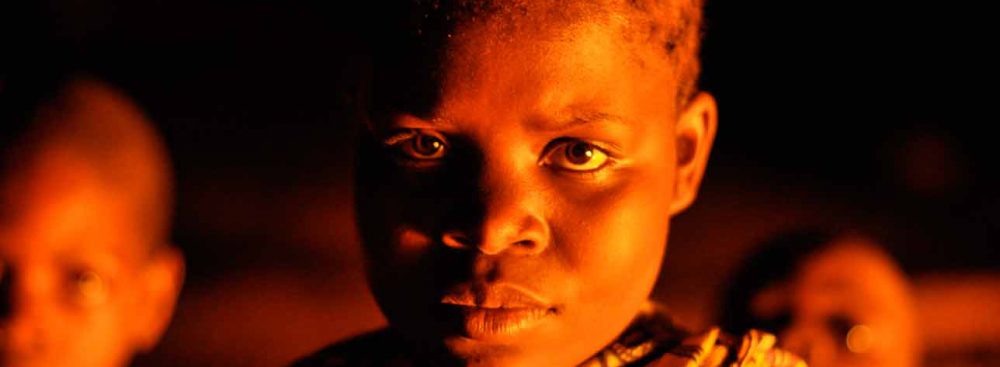Formerly a term for specific humanitarian action, protection has become an umbrella concept which causes quite a lot of confusion about what it actually means and who is responsible for it. The proliferation of organizations, the continuous broadening of their mandates and connected discourses on protection have increasingly led to institutional overlaps between protection actors. Through overlapping mandates, activities, needs, etc., organizations like UNHCR, DPKO and the ICRC influence each other’s work, leading to complementary and contradictory outcomes.
This complexity and interdependence has prompted demands for more coordination and led the UN to increasingly engage in managing institutional overlaps. With the 2005 humanitarian reform a specific coordination mechanism for humanitarian protection – the Protection Cluster – has been established. This cluster is managed by UNHCR and overseen by the UN’s Office for the Coordination of Humanitarian Affairs (OCHA). In a parallel development, the UN’s Integration policy foresees that all multidimensional peace operations to be integrated. However, as the debate on humanitarian space highlights, coordination can also have negative impacts. It is therefore supposed to be implemented on a case-by-case basis according to the needs and conditions of the individual context. As a result, there exists considerable leeway for developing and implementing the ways that protection actors interact. It is not entirely clear whether coordination has contributed to solving the confusion in the field of protection and to what degree it improves performance on the ground.
Therefore, my research investigates how protection actors relate to each other in the Democratic Republic of Congo (DRC) and how this impacts protection outcomes. Congo is an interesting case because as the “laboratory of protection”, the country has been at the forefront of developing protection and coordination mechanisms, which are often mainstreamed to other peacekeeping contexts. The particular value of my research lies not only in investigating how different organizations interact horizontally (between each other), but also in exploring the vertical coordination (between different levels) of the same organization/coordination efforts from UN headquarters (NYC/ Geneva), to the national (Kinshasa), provincial (Goma, Bukavu), territorial (e.g. Masisi, Uvira) and local levels (e.g. Pinga). The in-depth focus on one case (as opposed to the prevalent comparative studies) allows for understanding the policy-making and implementation processes to coordinate protection. It will also lead to insights into more general institutional dynamics between organizations, which are likely to be meaningful for other contexts, such as CAR or Mali.
